Minimizing reflections when shooting through glass can be challenging. But here are some tips to help you reduce or eliminate unwanted reflections.
My SPLASH! Photography Workshops are fun and messy, but working with glass, water, and high-speed sync with speed lights is a great learning curve.
The setup
I placed a small square fishtank on a table covered with black fabric. The fabric also extended up the back. I placed a Godox AD200 and strip box on one side with grid and diffusion and a silver reflector on the other side of the tank. The tank was 3/4 filled with tap water. I placed my camera on a tripod directly in front of the tank.
- Speed light: Godox AD200 on 1/8 power, HSS on with Stripbox
- Camera Gear: Sony A7RV and Tamron 28-75mm lens – f/8, ISO200, shutter 1/250 second, 28mm, Peak Design tripod
The shoot
We used high-speed sync to capture the action of the objects being dropped into the water. We also had cameras on burst most. This allowed us to capture fast-falling objects short distances with great lighting. I have also done this with a slower shutter speed of 1/125 and a higher shutter speed as well. I have found that 1/250 second was enough on most cameras to get great results with plenty of lighting.
The trick is to block unwanted reflections from the tank and water while still reflecting enough light onto the subject. The strip box was placed on a slight angle to the tank to allow light to catch but not appear in reflections. Side of the tank is preferable to the front. A silver reflector was also used to bounce some light back onto the subject, but also placed far enough away to avoid reflections.
The biggest reflections were actually from the camera, the photographer and the background. I placed black v-flats behind the photographer and kept all ambient light to a minimum (enough to see and focus). Another great option was to hang block-out curtains and shoot through that, or place black fabric between the object and camera. Using a remote shutter release and removing the photographer from all reflections works well too.
It’s easy if you have one person throwing and one person shooting, but you can do it yourself. I recommend setting your camera on a tripod, framing your shot and getting focus. Try a larger object in the middle of the tank. Then switch to manual focus. If using continuous focus and a zoom lens, I found the lens tends to track and often fails to focus on your desired subject, grabbing the water or the tank instead. Manual focus is better.
Polarizing Filter
A polarizing filter (CPL) can be effective in reducing reflections. Rotate the filter until you achieve the desired effect. This is particularly useful when shooting through glass, and windows or photographing reflective surfaces.
Use a lens cloth
Clean the glass thoroughly before shooting to minimize smudges and fingerprints that can cause reflections. Use a lens cloth for this purpose. Don’t forget to occasionally check and clean any water drops from your lens too.


Post-processing
If reflections are still present in your images, you can use post-processing software to reduce or remove them. Tools like Photoshop allow you to clone or heal reflections. I find increasing blacks and contrast and adding a High Pass layer can work really well, as in the Before and After above.
Experiment
Try different techniques and settings in various lighting conditions. Experimentation is key to finding the optimal approach for your specific shooting situation.
Remember that some reflections may be unavoidable, especially in certain lighting conditions or with highly reflective surfaces. In such cases, incorporating reflections creatively into your composition might be the best approach.
You can check out the behind the scenes video on my YouTube channel and get a feel for the setup.
Tell your story with the second annual Visual Storytelling Conference!
Experience four days of interactive, online training sessions featuring a range of educational content with experienced photographers and content creators. This free event kicks off with a series of technical boot camps to build essential skills, followed by live, online sessions on photography, video, business and social media. Join live from March 10-13, 2022!
- Posted on November 20, 2024
By shopping with our partners and affiliates, you help keep content on Photofocus free. Click here to learn more.
Julie Powell is a passionate photographer and educator, running online classes and workshops for still life, macro, food and portraits, based in Melbourne, Australia. Julie is also an award-winning digital artist and photographer who has a deep passion for fine art and conceptual photography, having exhibited in galleries in Europe, USA and Australia. See more of her work on her Website Juliepowellphotography.com or on social media.
Thanks to our partners who make Photofocus possible
Radiant Photo – Radiant Photo superior quality finished photos with perfect color rendition, delivered in record time. Your photos — simply RADIANT. The way they are meant to be.
Mylio Photos – Access your photos from anywhere, without the cloud! Easily showcase your photos on-the-go, resolve duplicates, find faces and look for those stunning locations.
B&H – B&H is a world renowned supplier of all the gear photographers, videographers, and cinematographers need and want to create their very best work.
MPB – Grab used but perfectly working cameras and lenses for less, or turn your old gear into cash by trading and selling them on MPB!

 10 hours ago
20
10 hours ago
20




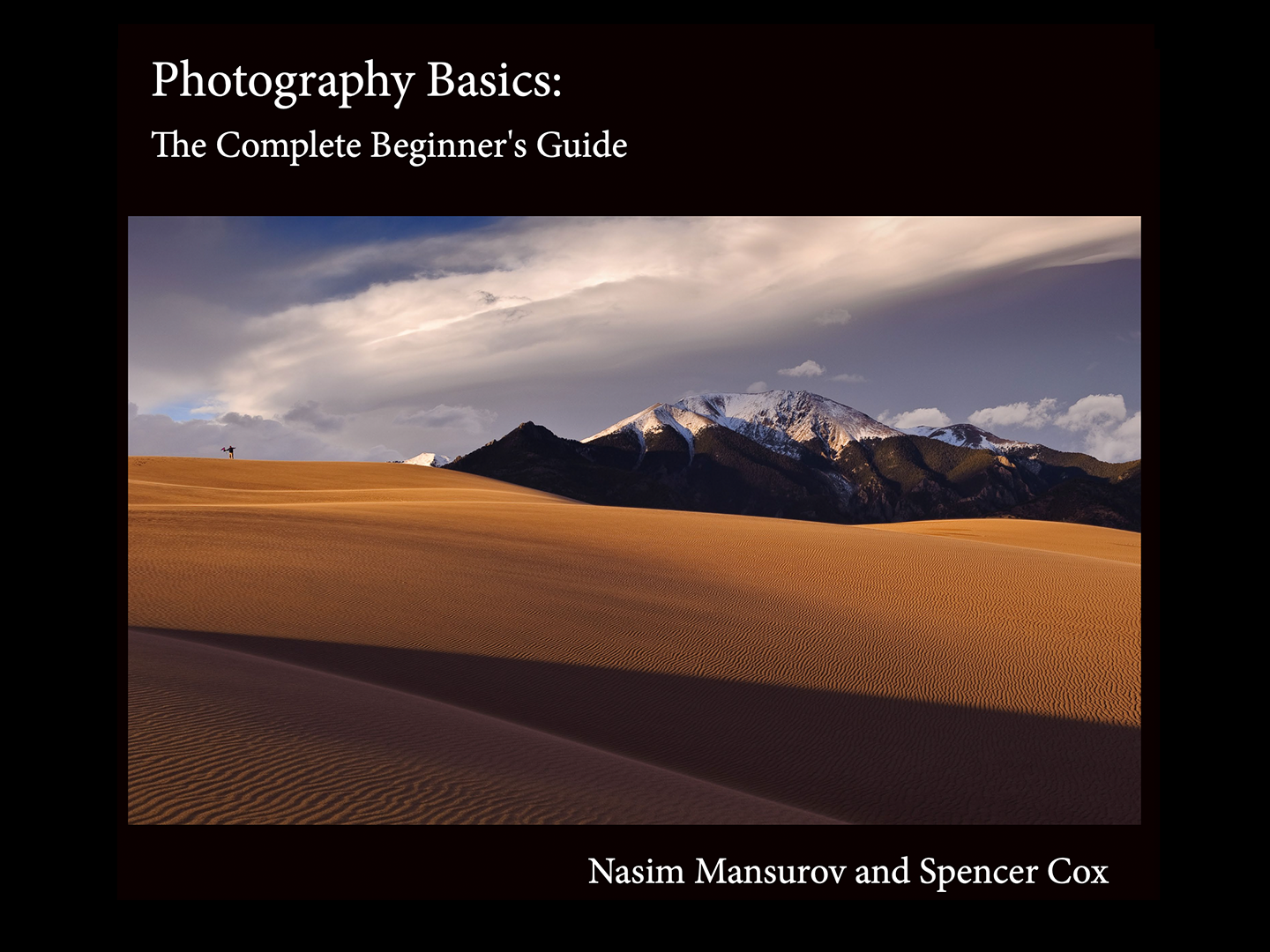
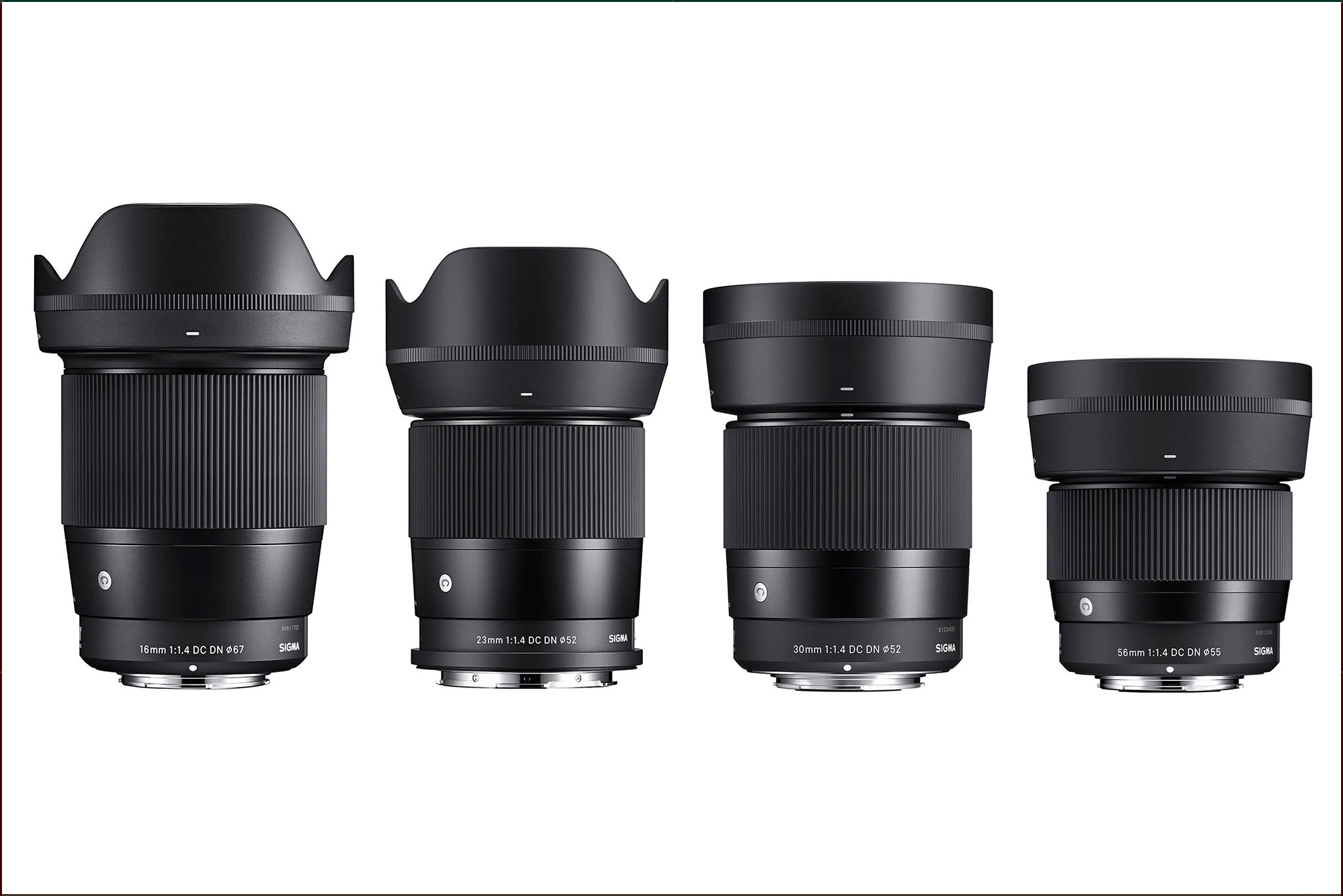

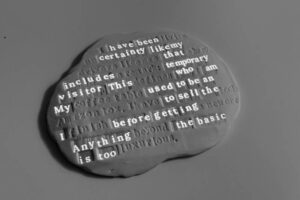
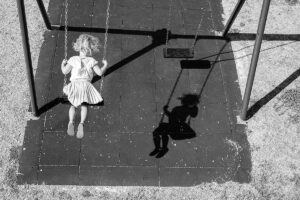

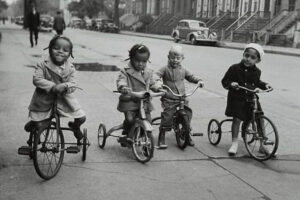

 English (US) ·
English (US) ·
Inline Feedbacks
View all comments